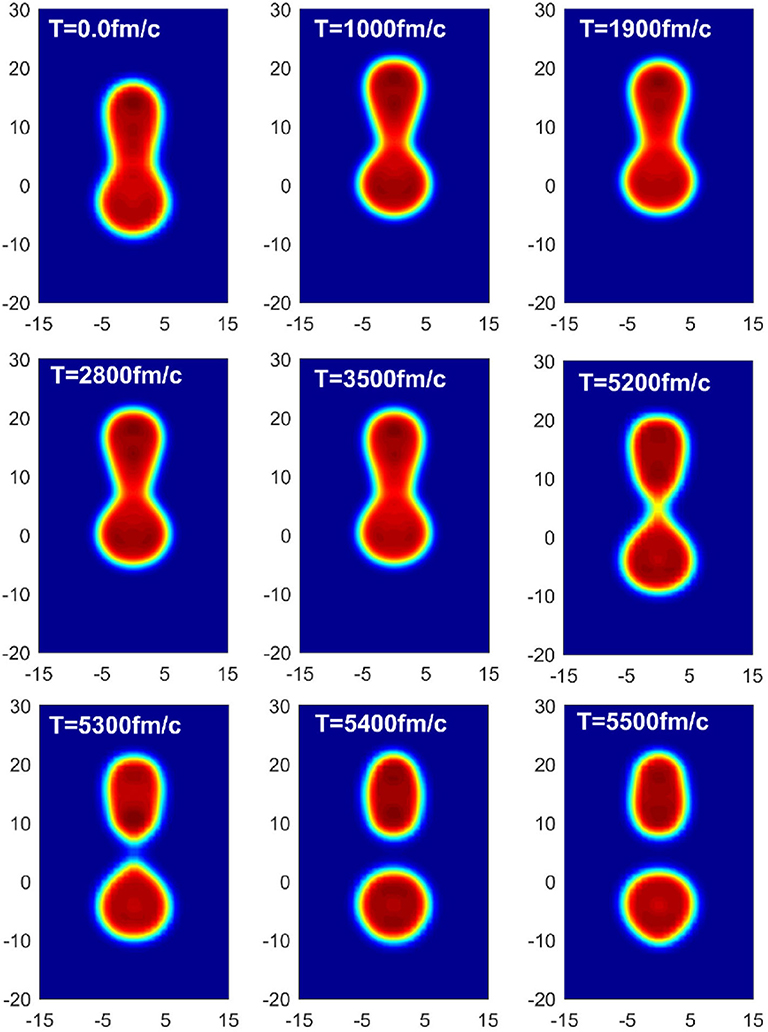I saw yesterday that the Royal Society published their shortlist for their science books of the year. There are 6 in the shortlist: The World According to Physics by Jim Al-Khalili, The Body by Bill Bryson, The Great Pretender by Susannah Cahalan, Explaining Humans by Camilla Peng, The Double X Economy by Linda Scott, and Transcendence by Gaia Vince.
Unusually, since I don't read a lot of popular science, I've actually read two of the books: Transcendence and The World According to Physics. They are both excellent, and would be worthy winners. I got Transcendence for Christmas last year, and found its arguments compelling that humans' achievements are part and parcel of the way humans work together; the network of ideas, activities, language and culture evolve together with biological humans and have created a kind of super-organism. Mind-blowing, well-researched and full of interesting anecdotes, I found myself wanting to tell people things I'd read in it as I was going through.
The World According to Physics is right up my own subject area, so though I would expect to enjoy it, I wouldn't necesasrily prioritise adding a popular explanation of something I think I know well to my reading list, but I'm glad I did read it: Sure, I knew most of the stuff already, but it was infused with such a joy for the wonder of the Universe, and our way of explaining it through physics, that I rekindled my own sense of awe at what I sometimes let lapse as part of my day-to-day activities. I did even learn a few things, thanks to the inclusion of lots of very up-to-date and speculative ideas (which were flagged as such). I should add that I read a draft of the book and gave some comments, and the author did hand me a copy once it was published. Jim is my colleague at the Unviersity of Surrey. No payment was received for this review ;-)


